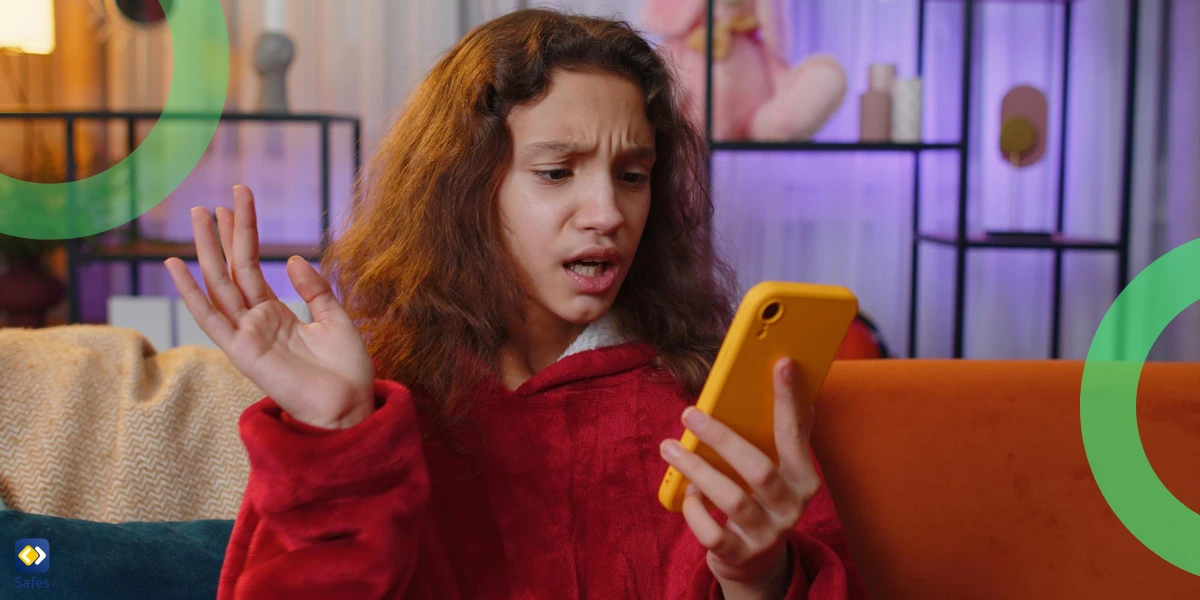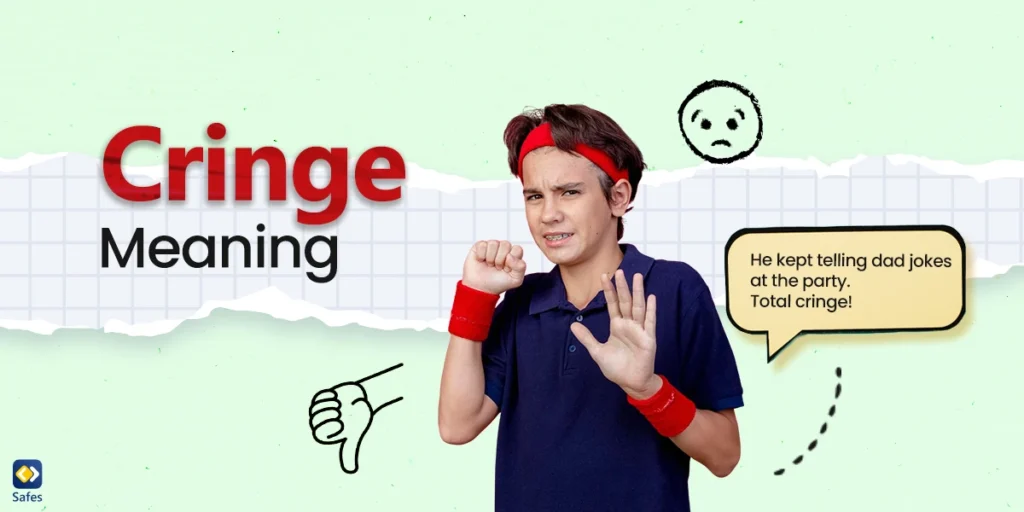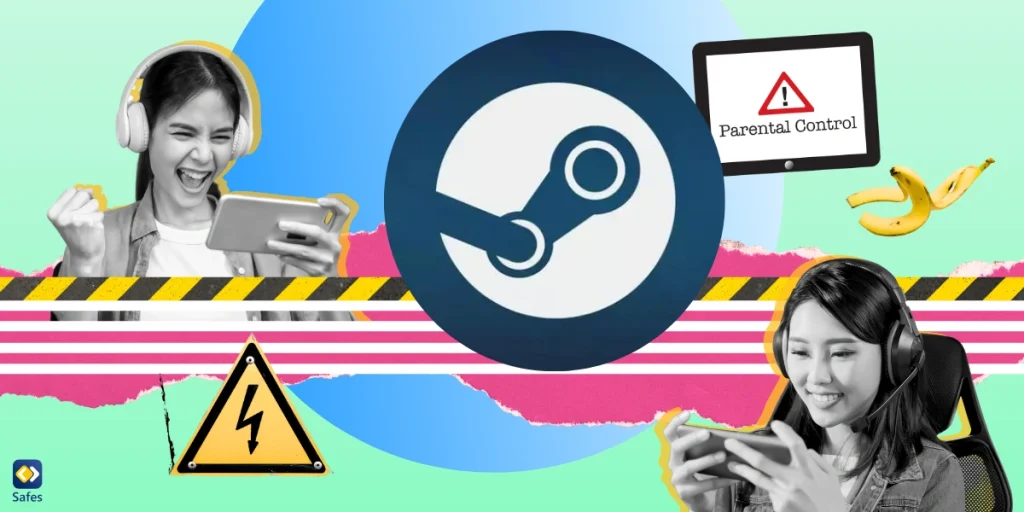Slang changes fast, and “cringe” is no exception. If you’re a parent, you’ve probably heard your child use the word “cringe” to describe something embarrassing, awkward, or outdated. But what does it really mean in 2025? Is it still commonly used, and should you be concerned about how your child uses it online? In this guide, we’ll break down the cringe meaning slang, how kids use it in conversations, and what you should know as a parent to help them navigate digital spaces safely.
Download and Start Your Free Trial of the Safes Parental Control App
What Does Cringe Mean in Slang?
In slang, “cringe” is used to describe something that makes someone feel secondhand embarrassment. It could be an awkward joke, an out-of-touch comment, or an uncomfortable social situation. The word became popular in the early 2010s and was often used to call out people or behavior that felt socially awkward or embarrassing. While the basic meaning has remained the same, the way it’s used in 2025 may have slightly evolved.
How It’s Used in Real Digital Interactions
To help you define cringe and understand how it is used, here are some examples:
- “That influencer tried to use Gen Z slang, and it was so cringe.”
- “He kept telling dad jokes at the party. Total cringe!”
- “Did you see her post? It was cringe-worthy!”
- “Wearing those 2010s skinny jeans now? Cringe!”
Kids and teens use this word casually in everyday conversations, text messages, and social media comments. Sometimes, it’s lighthearted teasing, but in other cases, it can be used to mock someone in a more negative way.

Platform-Specific Usage
Generally, “cringe” is frequently used across different online platforms, including:
- TikTok, where people react to “cringe” videos, which often show awkward or embarrassing moments.
- Instagram, which is used in captions and comments to describe outdated or awkward content.
- X (formerly Twitter); people use it to critique public figures or viral trends.
- Reddit; subreddits like r/cringe feature posts where users share uncomfortable or embarrassing content.
- YouTube; videos reacting to “cringe compilations” are still popular.
If your child spends time on these platforms, they’re likely to come across this word often.
How Risky Is Using the Word Cringe?
🟡 Yellow – Context matters; can be misused.
As explained earlier, “cringe” seems harmless slang. However, it can sometimes be used in a mean-spirited way. Calling someone “cringe” might make them feel self-conscious or embarrassed, especially if they’re already insecure. In some cases, it can contribute to cyberbullying or exclusion.
As a parent, it’s important to help your child understand the impact of their words. Encourage them to think before they comment on someone’s post or call someone “cringe” in a way that might hurt their feelings.
Is Cringe Still Used?
🔥 Trending (widely used now)
Yes, but its popularity has slightly decreased compared to previous years. In 2025, younger generations still use “cringe,” but newer slang terms have started replacing it in certain contexts. Words like “cheugy” or “corny” sometimes serve a similar purpose, while Gen Alpha is developing its own set of slang words. However, “cringe” remains widely recognized and used.

Safety Considerations for the Word Cringe
As a parent, here are some safety tips to keep in mind regarding the use of “cringe”:
- Talk to your child about cringe meaning and how certain words, even if meant as a joke, can be hurtful.
- Check the kind of content your child engages with and how they interact online.
- Teach them the importance of being kind and considerate in online conversations.
- If necessary, establish rules for technology and digital devices at home to prevent negative interactions.
- Use a parental control app to help you monitor your child’s internet activity and protect them from harmful content.
Final Word
Getting familiar with the slang words your children use helps you stay connected with their digital world. Throughout this article, we explored the cringy definition and how its uses. While the word itself isn’t inherently bad, you should guide your child on using language responsibly.
To make digital parenting easier, you can benefit from Safes, our parental control app designed to keep your child safe online. With Safes, you can monitor their internet activity, set screen time limits, and block harmful content. If you have used Windows parental controls or similar features on different devices, you’ll have a better experience with this comprehensive app. Download Safes today for Android and iOS to ensure a safer online experience for your family!
Your Child’s Online Safety Starts Here
Every parent today needs a solution to manage screen time and keep their child safe online.
Without the right tools, digital risks and excessive screen time can impact children's well-being. Safes helps parents set healthy boundaries, monitor activity, and protect kids from online dangers—all with an easy-to-use app.
Take control of your child’s digital world. Learn more about Safes or download the app to start your free trial today!




